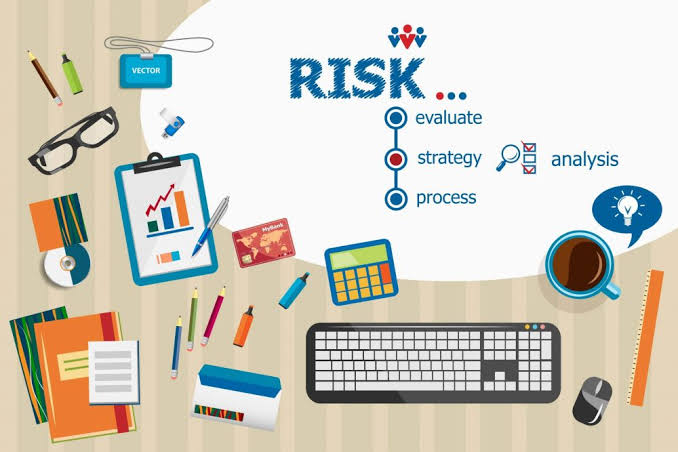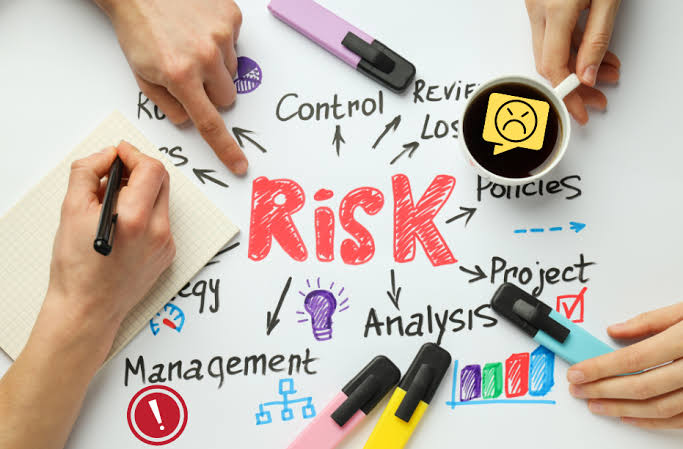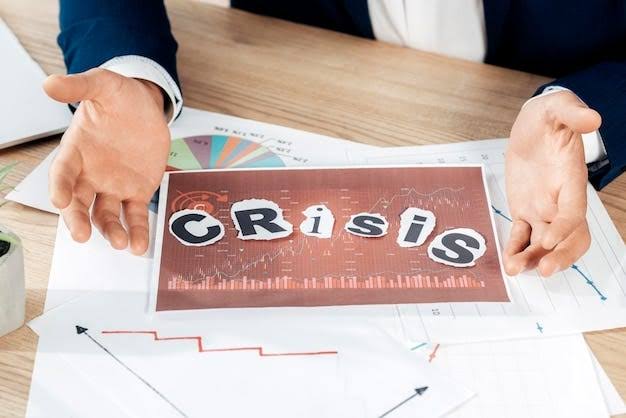
Navigating Digital Storms: Proven Crisis Communication Strategies
Master crisis communication in the digital age using powerful strategies to manage online reputation and social media storms with confidence.
Table of Contents
- Introduction: Turning Digital Crisis into Opportunities with Effective Crisis Communication
- Understanding Crisis Communication in the Digital Realm
- Why Brands Must Prepare for Online Crisis
- Crisis Communication Strategies to Build Trust Online
- Tools & Tactics to Manage Digital Disasters
- How Social Media Impacts Crisis Communication
- Crisis Communication Is Not Damage Control — It’s Brand Power
Turning Digital Crisis Into Opportunities With Effective Crisis Communication

In a hyper-connected world, where a single tweet can snowball into a brand disaster, mastering the art of crisis communication is non-negotiable.
From misinformation spirals to viral backlash, today’s online crises do not wait — they explode. In this blog, we’ll deep-dive into digital-first strategies to manage online crises with precision, using a mix of real-time tools, emotional intelligence, and resilient messaging.
Understanding Crisis Communication In The Digital Realm
Crisis communication has evolved far beyond press releases and damage control. In the digital realm, brands must respond in real-time across multiple platforms. Here, your online reputation is your currency.
Whether it’s a service failure, PR blunder, or social media mishap, timely communication, transparency, and tone matter. Incorporating a strong digital communication plan is now fundamental, not optional.
Why Brands Must Prepare For Online Crisis
No business is immune. From startups to global giants, a poorly handled crisis can dent reputation, lose trust, and impact revenue. Crisis management today means anticipating digital risks and having a playbook ready.
Consider these common threats:
- Negative reviews going viral
- Inappropriate employee behavior online
- Missteps in automated responses or AI tools
- Public backlash from marketing campaigns
The stakes are high, but so are the tools and strategies available to prepare.
Crisis Communication Strategies To Build Trust Online
Here’s how to lead with intention and clarity during a digital storm:
1. Acknowledge Quickly
Time is of the essence. The sooner you acknowledge a crisis, the better. Silence often implies guilt or incompetence.
2. Control the Narrative
Use your owned platforms—social media, email, blog, or app notifications—to share your side. Shape the conversation with calm, confident crisis communication.
3. Segment Your Messaging
Different audiences (employees, customers, investors) need tailored updates. Use digital communication tools like CRM, social channels, and email marketing to segment and deliver relevant messages.
4. Stay Transparent
Own up to the mistake if needed. Provide action steps to resolve the issue. This builds online reputation and long-term trust.
Tools & Tactics To Manage Digital Disasters
Leverage technology and strategy to streamline your response:
- Social Listening Tools: Platforms like Brandwatch and Hootsuite help track sentiment and mention spikes in real-time.
- Crisis Simulations: Run mock crisis drills quarterly. Train your team on protocols.
- Crisis Response Templates: Pre-approved messaging frameworks help speed up reactions without sounding robotic.
These practices enhance crisis management while supporting consistency across teams and time zones.
How Social Media Impacts Crisis Communication
Social media can be both a wildfire and a fire extinguisher in a crisis. It’s where most crises start—and where they’re often resolved.
Your social media strategy must include contingency plans like:
- A platform-specific response guide
- A hierarchy of approval for rapid messaging
- Clear brand voice & tone principles
- Scheduled blackout protocols to pause irrelevant content
Also, implement social media crisis communication tips like pinned posts, hashtag monitoring, and influencer outreach for recovery support.
Crisis Communication Is Not Damage Control — It’s Brand Power
In the digital world, a crisis is not just a risk—it’s an opportunity to build unmatched credibility. Brands that lead with empathy, speed, and transparency don’t just survive online disasters—they come back stronger.
Whether you’re managing brand reputation in a crisis or building systems for effective communication during online crises, remember this: Your next best marketing campaign might just be how you handle your worst day.
Ready to transform your digital response strategy? Let’s bulletproof your brand together.





